A good smoothie can be the perfect breakfast, snack, or pre/post-gym pick-me-up. Prepared carelessly, however, and it can be a source of unnecessary calories, sugar, and fat in your diet. Here are a handful of tips and tricks that I follow religiously when I think about taking out that blender.
When thinking about what you would like your blended perfection to taste like, you should be thinking about the fruits that will go into it. Then, you will need to choose a base, or liquid, to supplement the fruit. Lastly, you’ll decide whether or not you want to add some dairy or extra ingredients to boost the protein content of your drink.
Picking and choosing which fruits to center your smoothie on can be difficult. Some fruits, such as oranges and apples, can be high in sugar content, and hold most of their health benefits in pulp and skin, respectively, and might make it difficult to blend your smoothie to perfection. I like to stick to berries (strawberries, blueberries, raspberries, and blackberries, to name a few), because they are low/medium in sugar content and are high in antioxidants. I also like to use kiwis, because though they are high in sugar content, they provide intense flavor even with a small amount of fruit, and are high in Vitamin C. Lastly, I love bananas, which are high in potassium and low in sodium. Beware, though, because bananas are surprisingly high in sugar.
With regard to choosing your base liquid, just keep an eye on the sugars in fruit juices. I tend to stay away from all fruit juices and simply add ice, water, or skim milk.
The decision to add dairy to your creation is entirely up to you. You can combine your base and dairy components by adding milk (preferably skim.) You could choose to do without dairy altogether for a very light (but not very filling) snack, or you could add low or non-fat plain yogurt or kefir. I like to add plain yogurt to boost the protein content of my smoothies and keep myself full for longer. Sometimes I’ll add a little bit of honey or vanilla extract for extra flavor. For a bonus protein boost, you can also add tofu, natural peanut butter, almond butter, soymilk, or almond milk. Make sure that whenever you add dairy or a protein boost, it is a natural product, and it is nonfat or low-fat, and unsweetened/unflavored.
Protip: Craving the creamy milkshake consistency but want to ditch the calories of sugary and fatty frozen yogurt and ice cream? Freeze your fruit! I know it’s not the same thing… but after a while you’ll hardly notice a difference, and might even grow to love it.
A quick word on adding honey or sugar to your blended creation: Do this last, as fruit tends to be very sweet on its own. A lot of times you won’t need to add any extra sweeteners, and doing so prematurely only adds excess calories and sugar that can easily be avoided.
Learn more tips about smoothie making here, here, and here. Also, more about health benefits of certain fruits here, and here. In addition, The World’s Healthiest Foods is a great resource if you need quick reference of nutritional facts for fruits, veggies, and more.
Recipes
I am always looking for unique smoothie recipes because I get tired of having the same smoothies over and over. Here are a few of my favorites that I discovered this summer.
First off, I use my Magic Bullet for all of my smoothies, with the 2 cup attachment and the four pronged blending blade.
Green Tea, Blueberry, and Banana
This first one, and my personal favorite, is a green tea, blueberry, and banana smoothie. The ingredients include:
- 1/4 cup water
- 1 green tea bag
- 1 tsp. honey (you can easily forego the honey for this one)
- 1/2 cup blueberries
- 1 banana
- 3 ice cubes
- Skim milk (fill to top, or fill line of your blender)
Heat the water to a boil and steep the tea bag for approximately 3 minutes. Then dissolve honey in the steeped tea. Blend together fruit, ice, and milk until smooth. Then blend in tea mixture. Lastly, pour, and enjoy!
Banana Ginger
This one is a unique blend of flavors, though is a little more tedious to prepare. Also, if you’re not sure if you like ginger, make a small portion of this one for your first time. The ingredients include:
- 1 banana
- 3/4 cup plain yogurt (I use Dannon)
- 1 tbsp honey
- 1/2 tsp freshly grated ginger
- 1 to 2 drops of vanilla extract (Seriously, no more than this. Remember, you only put a spoonful in an entire cake.)
- 3 ice cubes
Blend all ingredients until smooth, pour, and enjoy!
Protip: Though delicious, the ginger makes this one not so great to have as a pre-gym snack, so save it for after the gym or for breakfast in the morning.
Strawberry, Kiwi, and Banana
- 1 banana
- 1 kiwi, sliced
- 6 strawberries
- 1/2 cup nonfat plain yogurt (I use Dannon)
- 1 or 2 drops of vanilla extract
- Water (fill to top, or fill line of your blender)
Blend ingredients until smooth, pour, and enjoy!
Protip: There is no easy way to peel a kiwi. Try this nifty method, or just peel it with a potato peeler like me.
For more recipes, check out these 20 Super Healthy Smoothies.
Stay fit and fruity, all!
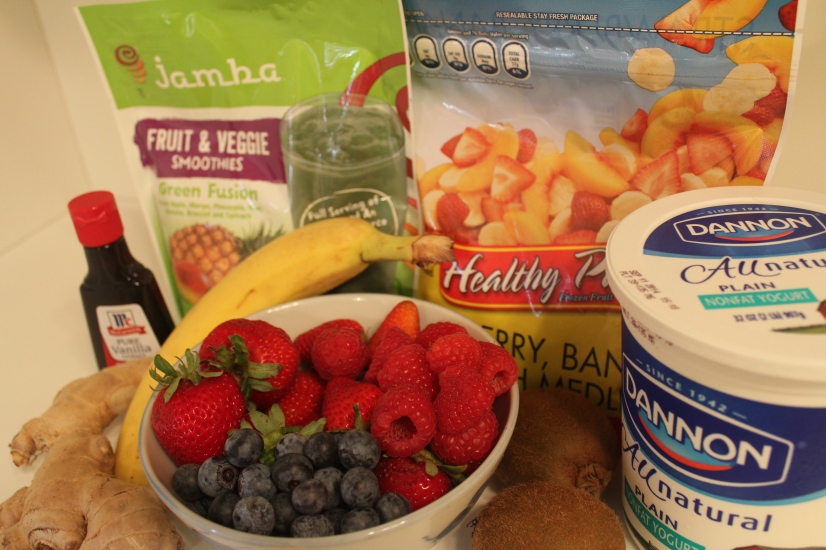
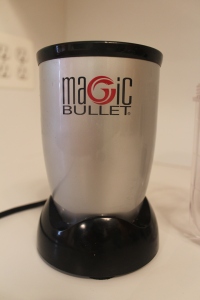
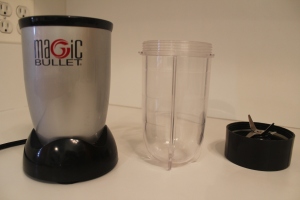

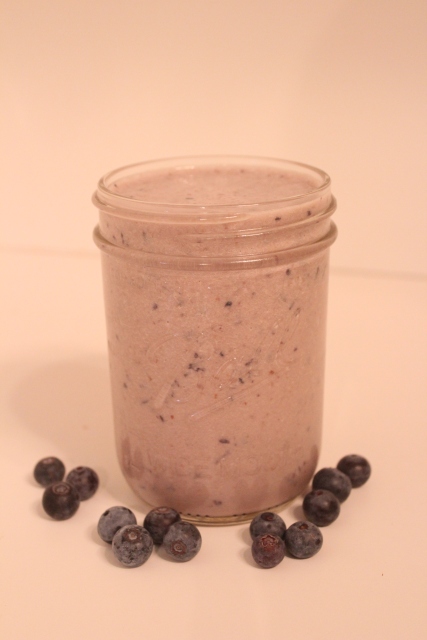
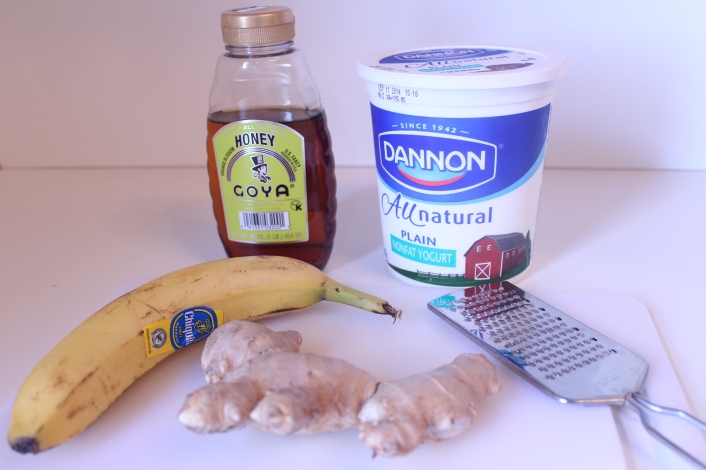
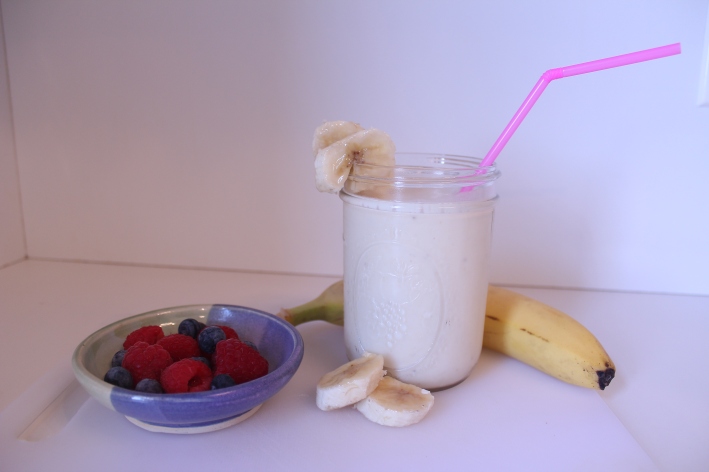
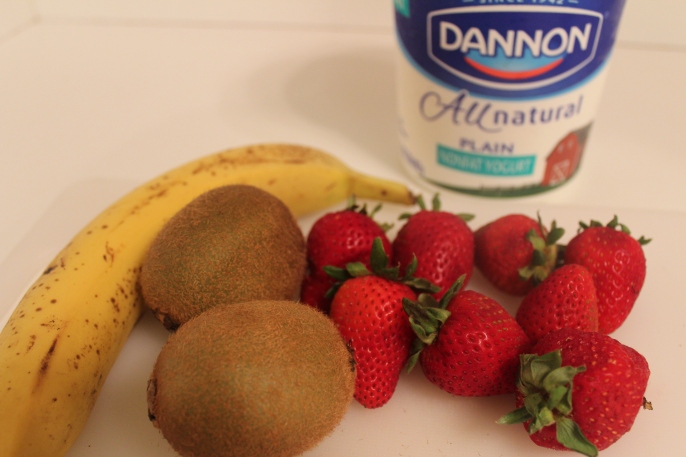
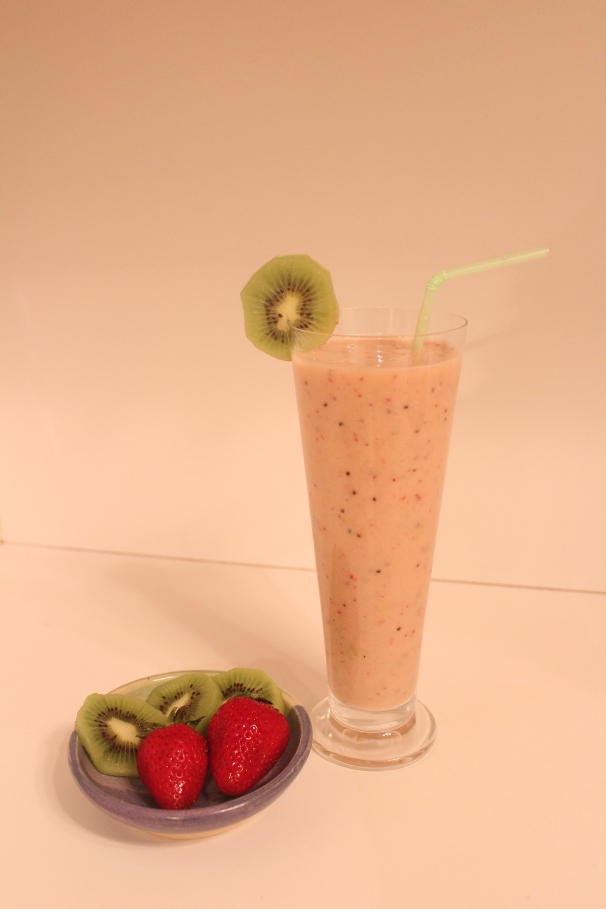
Great post! I love all the useful info you packed into this one. I over adding almond milk to my smoothies, and I recently got on a coconut kick. I take the coconut water fresh from the coconut..but is it too fattening to add the meat of the coconut ? It’s so good!
LikeLike
Thank you for your comment! It is definitely more healthy to do without the fatty coconut meat. I copied this for you from the World”s Healthiest Foods website:
Saturated fats: Saturated fats contain large amounts of saturated fatty acids. Saturated fatty acids are so-named because they are “saturated” with hydrogen, meaning they have only single bonds between the carbon atoms in the chain, leaving no room in their chemical structure for additional hydrogen atoms. Saturated fats are typically solid at room temperature. Sources of saturated fat include butter, coconut and palm oil, red meat, poultry, and lard. High dietary intake of saturated fat is associated with elevated cholesterol levels and an increased risk for heart disease.
People tend to think that fat is the enemy, but the truth is that a healthy diet contains between 25 and 35 percent fats, and 7 percent of those should be saturated fats. Unfortunately, coconut meat has a lot of saturated fat – one serving has over 100% (based on a daily 2,000 calorie daily diet). The following link has more information regarding the nutrition facts of coconut meat.
http://nutritiondata.self.com/facts/nut-and-seed-products/3106/2
All in all, I would say that as a treat, having a bit of coconut meat is perfectly fine. But definitely keep it to a minimum. Hope this helped!
LikeLike